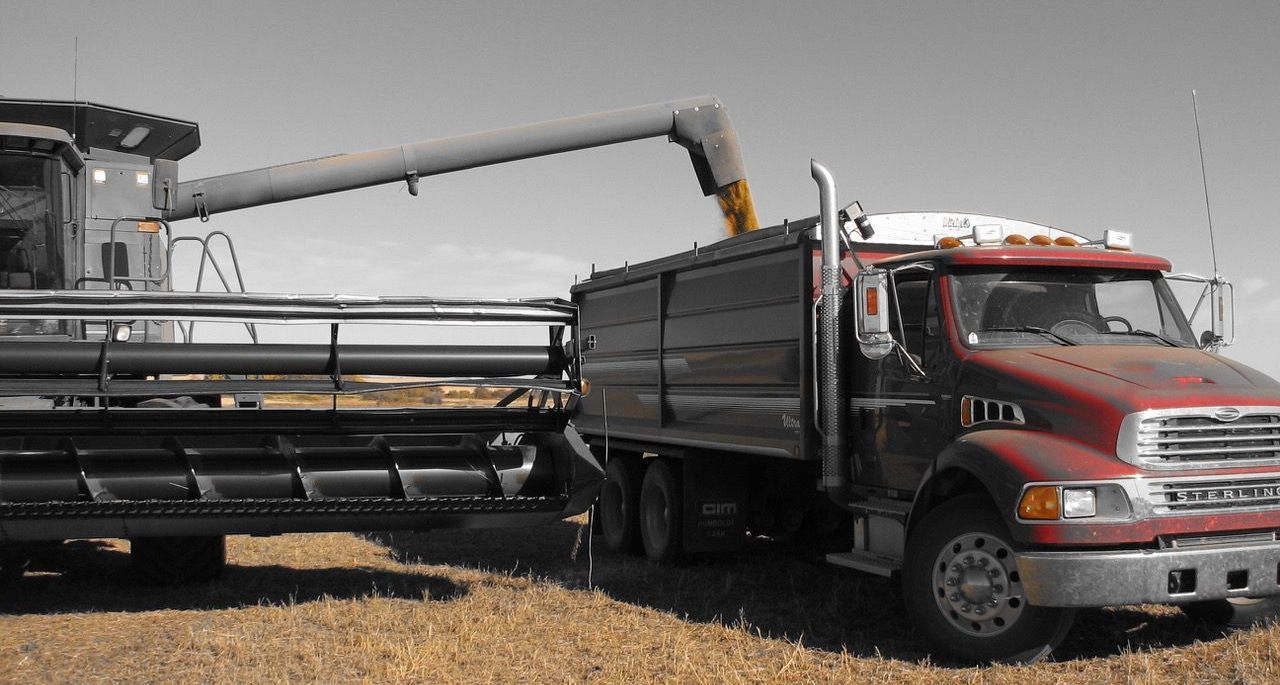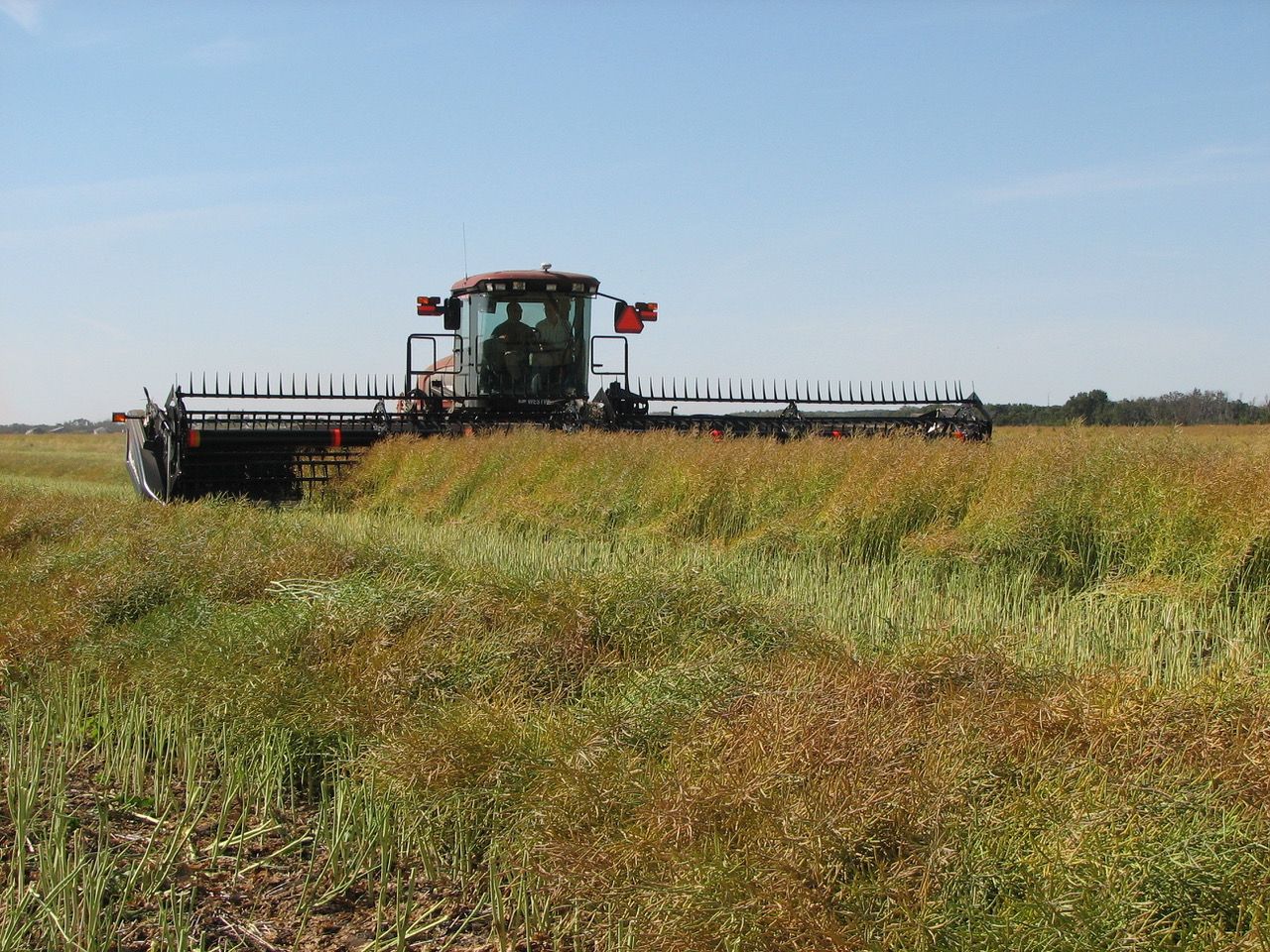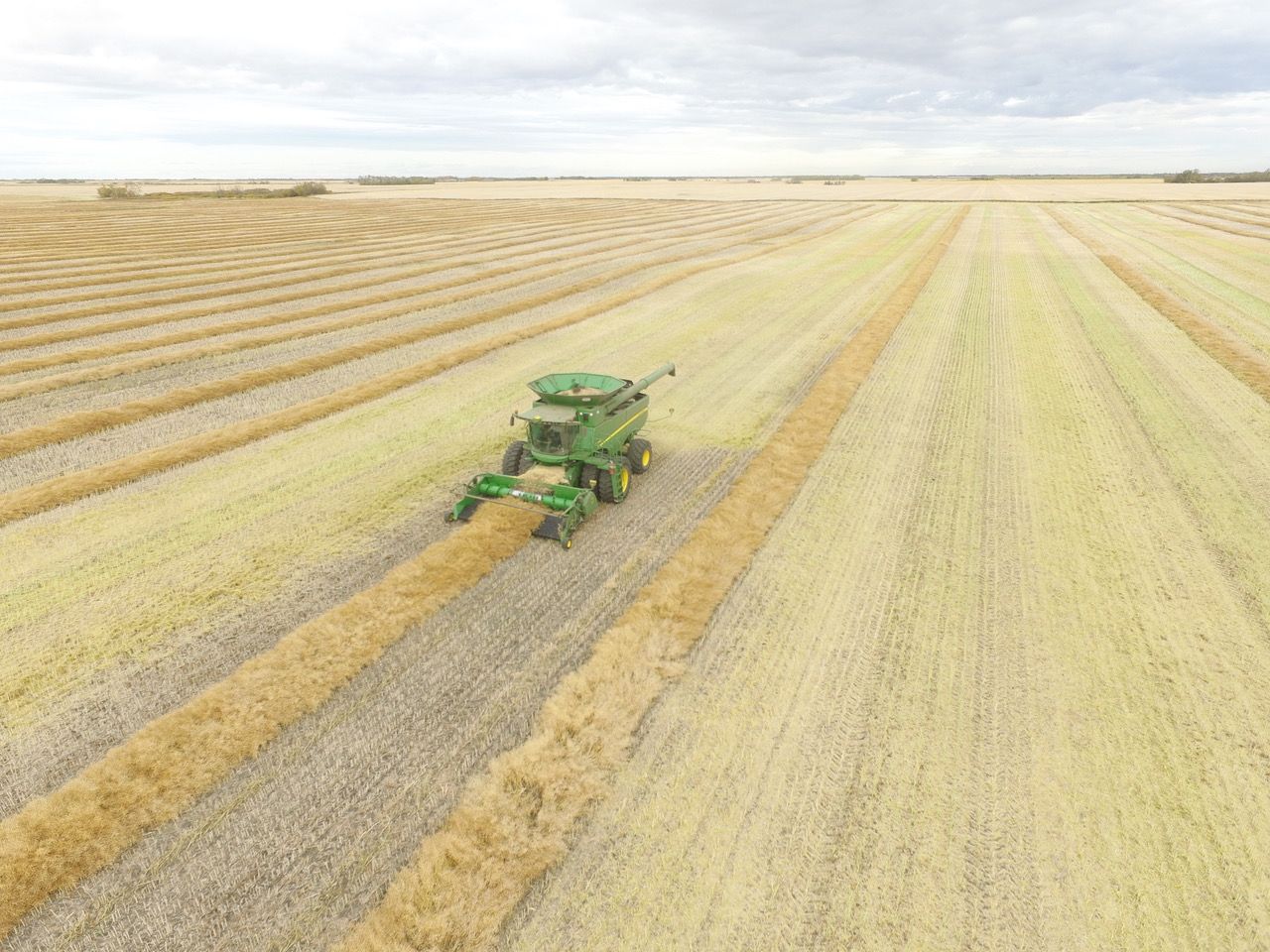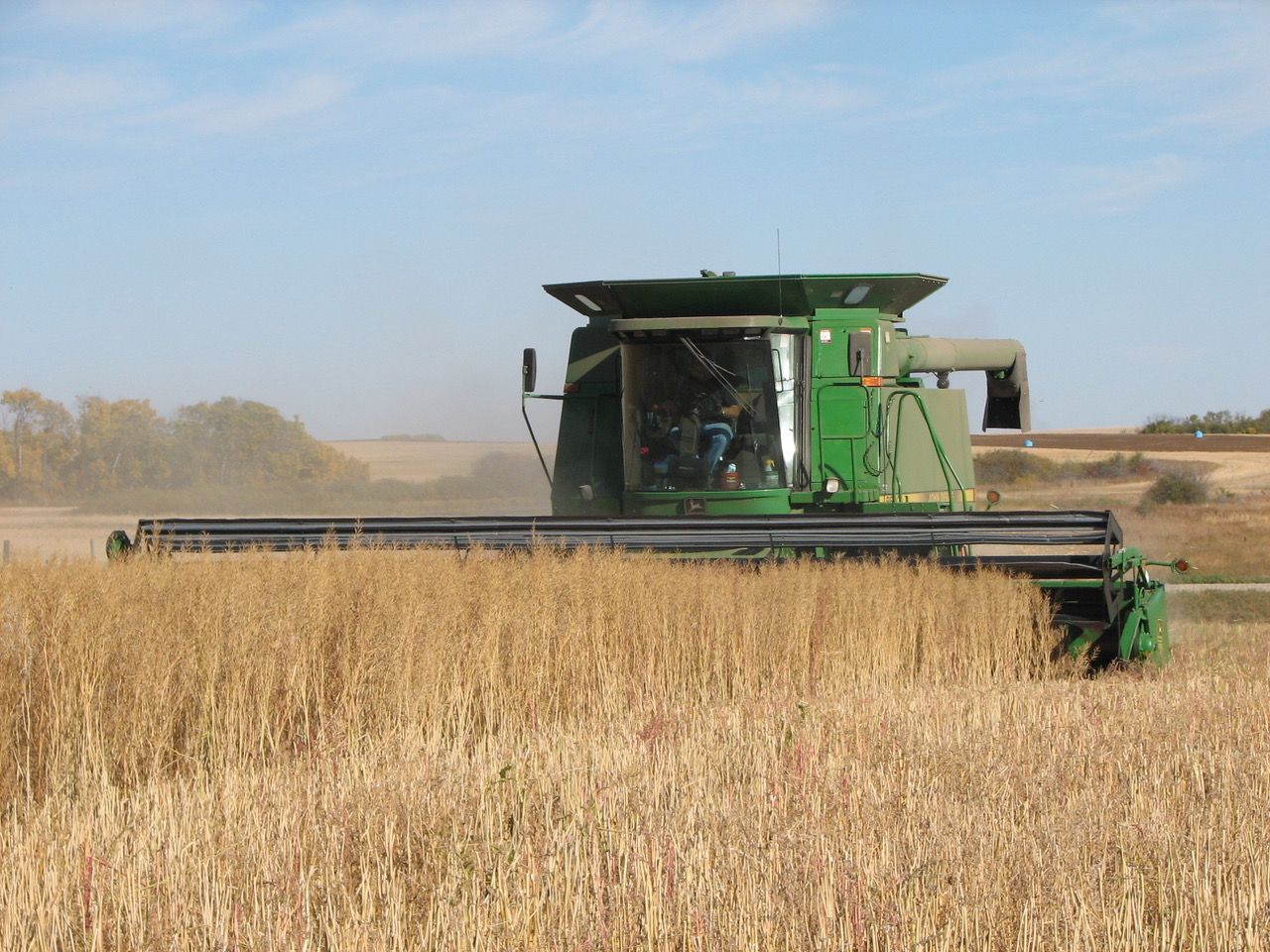Crop Report - September 3, 2024
Weekly Crop Report

What's going on in the field
A lot of management decisions are made at harvest time and these decisions centre around crop staging - the crop must be at the proper stage before any spraying, swathing, or combining operations take place. Crop staging at harvest time is related to the amount of moisture in the seeds or kernels. If the plant is terminated when the seeds contain too much moisture, the seeds will shrink too much when they dry down and will blow out of the back of the combine, causing reduced yield for the farmer. With canola, further attention must be paid to the colour of the seeds. Canola seeds are green in colour when they begin their development and turn yellow to brown-black as they mature. In order to capture the highest yield and oil quality, farmers will ideally wait for 60% of the seeds to show signs of colour change before swathing their canola crop.
Farmers may also be spraying certain herbicides at this time of the year. One reason is because of perennial weeds, such as Canada thistle and perennial sow-thistle, that did not get adequately controlled during the in-crop herbicide application (typically in June). Controlling these weeds at this time of the year works with the biology of the plant - perennial weeds are sending sugars down to their root systems in preparation for winter and the herbicide piggy-backs on these sugars. The result is an effective root kill which helps reduce the population of these weeds into the next growing season. Again, the crop stage of this herbicide application is very important; for wheat, the kernels must be at 30% moisture or less, when the plant is deemed “physiologically mature” and will no longer be actively moving the herbicide into the seeds. If a farmer sprays too early and the herbicide moves into the kernel, the grain is at risk of exceeding the Maximum Residue Limit (MRL) that is set for the herbicide in that crop. The MRL is the maximum amount of pesticide residue that is allowed in the grain for shipment to other countries. Since most of the grain produced in Canada gets exported, farmers must pay close attention to the herbicides and application timing at harvest so grain shipments are not rejected and our export markets remain open. Websites such as https://keepitclean.ca/ provide more information for farmers and the public to understand the importance of MRLs for our export markets.
Canola fields will either be swathed or straight-cut (direct combined) for harvest. Swathing cuts the canola plant off near the base of the plant and allows the canola to dry down until the plant material and seeds are at a low enough moisture level to combine. Not too long ago, nearly all canola fields were swathed. However, in the past decade, advancements in canola breeding have led to canola varieties that are able to dry down while standing, without losing pods and seeds, so farmers can combine them without the swathing operation. Canola that is going to be straight-cut sometimes requires a herbicide application in order to get the canola stems and other green plant material (such as weeds) to dry down more uniformly before combining.

Canola being swathed. The canola will lay in the swath for approximately 1-2 weeks before it has dried down enough to be combined.

Swathed canola being combined.

Canola being straight-cut or direct combined. The canola is left standing in order to dry down and become ripe enough that the combine can directly harvest the seed without needing the swathing operation.
Farmer's focus: insights for the week ahead
Harvest is a busy time on the farm that includes spraying, swathing, combining, hauling grain to different bins for storage, and hauling grain directly from the field to the grain elevator. The cropping decisions made since the end of last year’s harvest combined with hard work, time, and the weather all come to a fruition at this time of the year. Similar to spring seeding, harvest can be stressful, but it’s also satisfying and rewarding to reap what was sown, and farmers should be proud of the work they’ve done. So, here’s to a safe and bountiful harvest season!
Author
Jennifer Bogdan
Agronomist
Bridge to Land Water Sky Living Lab
